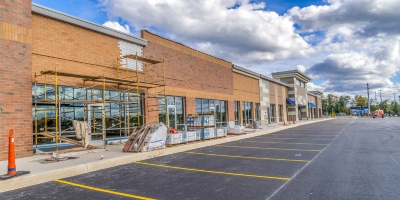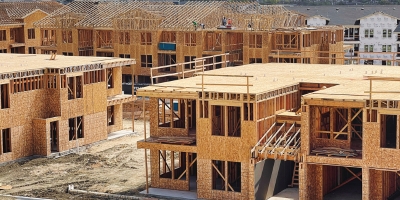Inside the Data Center Construction Boom
One of the hottest industries of the Digital Revolution is growing. Learn how Dumpsters.com helps manage its waste removal.
Level up your projects with multi-site services nationwide.

Digital Demand Is at an All-Time High — Can Our Infrastructure Keep Up?
As AI advances and cloud storage expands, big companies like Amazon, Meta, Oracle and Microsoft look to ramp up exploration and production of these technologies. To do this, vast networks of data centers must be built to house and store servers and automation software for these projects to grow.
For construction professionals and contractors in the data center field, managing waste removal has never been more critical. With a growing emphasis on sustainability in data center construction projects, building these often massive structures (the Meta data center in Oregon is over four million square feet in size) requires careful planning and expert partnerships to provide the jobsite services needed to keep up with new technologies.
In this post, we explore the surge in data center construction and get expert input from Dumpsters.com Account Executive Dan Terbrack.
Data Center FAQs
What are challenges in the data center construction industry?
Some of the biggest challenges in data center construction include:
- Labor shortages
- Energy demands
- Environmental concerns
- Security risks
- Land availability
- Resource scarcity
Where are data centers being built in the U.S.?
Data centers are primarily being built in four states: Ohio, Virginia, California and Texas. Fifteen states currently account for over 80% of all data centers operating in the United States.
How long does it take to build a data center?
Data centers take anywhere from 18 to 30 months to build, according to global management consulting firm McKinsey & Company. However, projects requiring new or additional energy sources to power the data centers take significantly longer to complete.
Need Multiple Site Services?
Plug into your projects with an online quote.
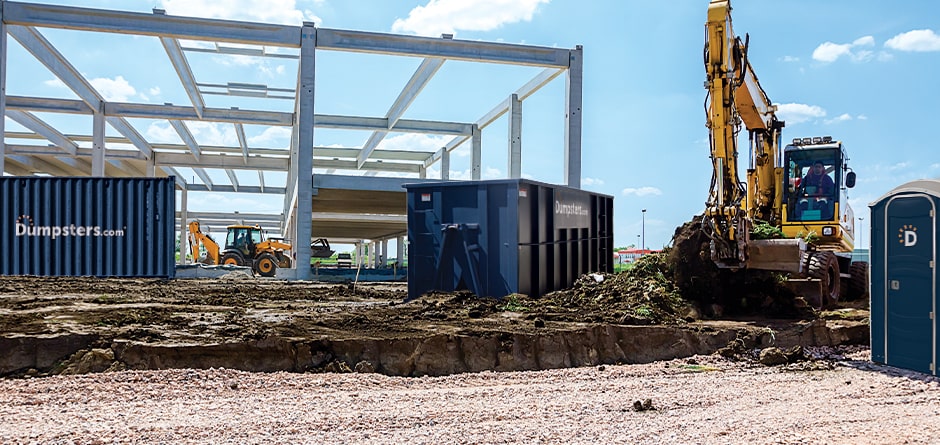
So, What’s Causing the Data Center Boom?
Several factors are driving data center construction. Let’s take a look at some of the major forces moving the needle across the United States.
AI Technologies
Generative learning systems like Gemini and ChatGPT require large amounts of storage and processing power, leading tech companies to build more facilities at even larger scales.
Administrative Policies
Agreements between private tech companies and the federal government have resulted in billions of dollars invested in the construction and expansion of data centers.
Sustainability Intiatives
Data center construction projects often utilize federal grants and tax incentives promoting green building practices, including waste diversion and solar paneling.
5 Types of Waste Produced by Data Center Construction
1. Concrete & Masonry Debris
The construction and demolition of foundations, walls and flooring regularly create excess concrete waste typical of large-scale projects. Brick-and-mortar waste may also be common.
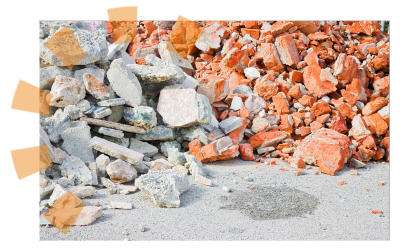

"Data center builds require a lot of concrete and the excess waste needs to be handled appropriately. We provide washout cans to contain the slurry and contaminants that would otherwise compromise equipment, workers and the environment."
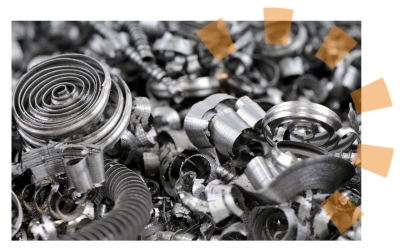
2. Metals
Data centers only create a small amount of metal waste despite steel, aluminum and copper being frequently used for structural components — such as wiring, HVAC systems and piping.
However, recycling scrap metal is often key to achieving green initiatives. While requirements vary from project to project, data center builds often carry sustainability bumpers, with some jobsites seeing waste diversion requirements up to 100%.

"We find the right solutions, regardless of how difficult the challenge is. In our nationwide network, scrap metal recycling and rebate facilities are often just a call away.”
3. Packaging Materials
The materials used to build data centers often include protective packaging, leading to cardboard, plastic wrap and foam waste. Ties and straps are also discarded during construction.
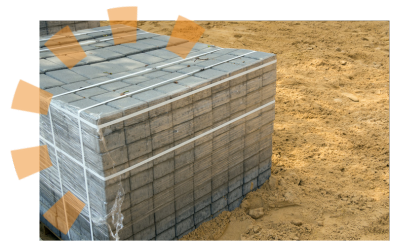

"Packaging materials make up a majority of data center waste. We’ve done 1,200 cans on one jobsite with each dumpster weighing 2.3 tons on average.”
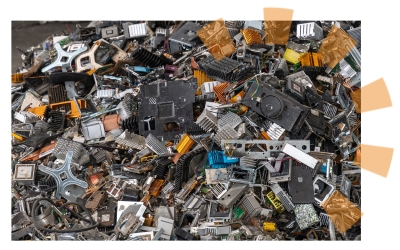
4. E-Waste
Data center construction crews sometimes run into broken servers, damaged wiring and other electronic components that require specific and custom disposal solutions.
5. General Waste
Construction waste on jobsites, regardless of the project, generally includes wood pallets, paints, sealants, broken equipment, excess soil and shards of glass as well as other general debris created by workers on site.
Without a strategic waste management plan, debris can pile up, often creating bottlenecks that slow progress and increase costs.


“Having commercial dumpster service for general waste is a must-have on data center builds, especially given the number of workers needed to build them.”
How Dumpsters.com Supports Data Center Construction Projects
Construction companies regularly benefit from our innovative waste removal solutions, including one point of contact, one nationwide network and one unified terms of service — consolidated into a single, comprehensive invoice.
On big builds like data centers, waste diversion has proven extremely important. Our experts, including in-house LEED Green Associates, understand what it takes to achieve sustainability initiatives without sacrificing speed or service. That’s why we thoroughly scope projects to ensure timely disposal of debris, convenient and accessible dumpster placement and maximum efficiency.
At Dumpsters.com, we do the legwork so you don’t have to.




